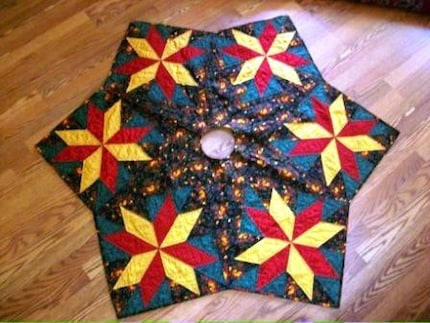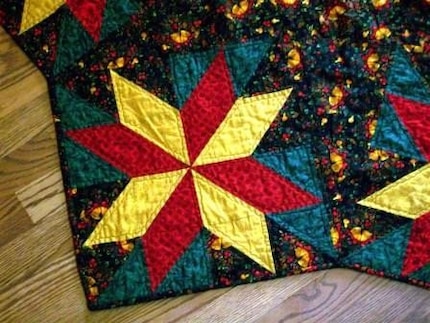Updated 3/2017-- all links (except to my own posts) removed
as many no longer active. and it was easier than checking each one.
I took this photo when
my mom was in the hospital earlier this year. My hand looks like I wash dishes for a living. Her hand shows many of the spots that come with age and sun exposure:
actinic keratosis, liver spots, etc.
.jpg)
There is a decent article that gives an overview of hand rejuvenation in the Sept/October issue of the Aesthetic Surgery Journal.
The epidermis thins as we age. Lentigines, actinic keratoses and seborrheic keratoses, general dyschromia, and textural roughness appear. Capillary fragility may make bruising common. Fat atrophy may make tendons and bony prominences more noticeable and the veins appear to bulge.
The article goes through the available treatments: chemical peels, vein sclerotherapy, fillers, laser therapy, intense pulsed light (IPL) therapy, fractional skin therapy, and Thermage.
It also reminds us that caution must be exercised as hand skin has relatively few adnexal structures and therefore has less capacity to replace the epidermis
All of the procedures discussed are on an out-patient basis and some may be performed with local anesthesia.
Prescription-strength skin care like Retin-A can help repair sun-damaged skin, cause spots to fade, improve transparent skin, and stimulate the production of collagen. As with the face, use of sun protection is extremely important to protect the improvements gained and to prevent further sun-damage.
Chemical peels are available in a variety of forms: glycolic acid, Jessner’s solution and trichloroacetic acid (TCA). These are useful in addressing the mild pigmentary and texture changes of the skin. Dr Shamban likes to use pre-formulated peels to avoid worrying about acid concentration changes that can occur due to evaporation when bottles are opened and re-stored. Mentioned is SkinMedica peel which is a combination of tretinoin and glycolic acid.
Fractional skin resurfacing, IPL treatments, and Laser treatments can be used to treat spots, spider veins (IPL), and improve the texture of the skin.
Soft tissue augmentation can be performed with fat cells taken from other parts of your body and transplanted to your hands. Synthetic fillers can also be used (Sculptra, Restylane, Juvederm, Radiesse). Results are immediate. The duration of improvement depends on the size and location of the area treated, as well as on the material used.
Sclerotherapy can be used to address the veins, but Dr Shamban states that often the veins do not need treatment if appropriate soft-tissue volume is replaced.
Microdermabrasion is a superficial skin polishing that improves the appearance of aging skin and spots. The results are immediate. Maintenance treatments are required.
Thermage is a non-surgical procedure that uses a radio frequency (RF) system to gently cause the collagen in your skin to contract and tighten. The result is smoother, softer looking hands.
Use of sun protection before and after is important, but difficult as the hands are washed frequently during each day.
REFERENCE
Combination Hand Rejuvenation Procedures; Aesthetic Surgery Journal, Vol 29 (5), pp 409-413, Sept/Oct 2009; Shamban, Ava T. MD
Dr Demar Dermatology – Hand Rejuvenation








.jpg) I gave them to my stepmother-in-law for her birthday. She and my father-in-law were so impressed with them, they both began hinting that he needed a pair as his feet get cold. He’s getting this pair for Christmas, modeled here by his son/my husband who now wants a pair.
I gave them to my stepmother-in-law for her birthday. She and my father-in-law were so impressed with them, they both began hinting that he needed a pair as his feet get cold. He’s getting this pair for Christmas, modeled here by his son/my husband who now wants a pair.
.jpg)

 Here is a close up of another of the blocks.
Here is a close up of another of the blocks. 

 In the normal female mastectomy, the inframammary fold is maintained. In the FTM chest-wall contouring mastectomy it is not. In the 5th article, it is explicitly pointed out: “The inframammary fold is always released, and this is an especially important maneuver for patients with large breasts.” Also,
In the normal female mastectomy, the inframammary fold is maintained. In the FTM chest-wall contouring mastectomy it is not. In the 5th article, it is explicitly pointed out: “The inframammary fold is always released, and this is an especially important maneuver for patients with large breasts.” Also,  Our results concerning the localization of the nipple with respect to the intercostal space showed that most of them were located in the fourth or the fifth intercostal space.
Our results concerning the localization of the nipple with respect to the intercostal space showed that most of them were located in the fourth or the fifth intercostal space.


 I love to recycle pockets into quilts. The Ohio star block is a nice one for showing off the pocket. I had to tie the center of the pocket area so the pocket would still function.
I love to recycle pockets into quilts. The Ohio star block is a nice one for showing off the pocket. I had to tie the center of the pocket area so the pocket would still function.



